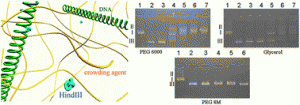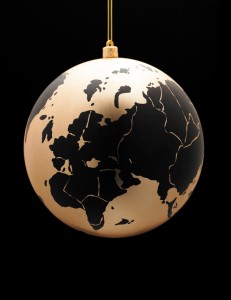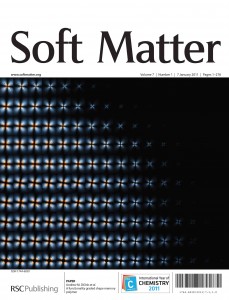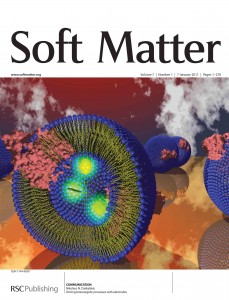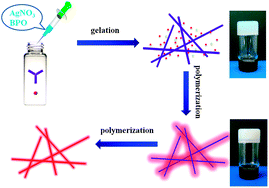The annual condensed matter and materials physics conference CMMP10 was held last week at the University of Warwick. This year the conference included a number of symposia relevant to the soft matter community including biological physics, polymer physics and soft matter in action. Soft matter plenary lectures were given by Prof. Marshall Stoneham “Where quantum physics meets biology”, Prof. Dame Athene Donald “Self-assembly of proteins”, Prof. Christopher Ober “Will polymers be used to make the next generation nanoworld” and Prof. Mike Cates “Understanding liquid crystals using mesoscopic computer simulation”.
Below I have highlighted a couple of interesting talks. The conference proceedings will be published in the Journal of Physics: Conference Series (JPCS).
Magnetic alignment of anisotropic structures in solution.
Alex Holmes (University of Bristol) introduced the new Birmingham 17T cryomagnet designed for use in small angle neutron scattering (SANS) measurements. The magnet operates in the temperature range of 1.6K to 300K and magnetic field up to 17T with 0.1% uniformity over 10 nm.
Here Alex discussed initial experiments carried out at the Institut of Laue-Langevin, showing the viability of this technique for studying soft matter. The results show that the magnetic field can be used to align rod-like viruses, which behave as cholesteric liquid crystals at high concentrations. A transition from a multi-domain cholesteric structure at zero field, to a nematic phase at high field was observed.
The cryomagent offers an interesting technique to the soft matter community to study the behaviour of soft materials in the presence of high magnetic field and the group are open to collaborations. More information is available on their website.
AFM nanotools to investigate skin cells
In his talk, James Beard (University of Bath) discussed a novel approach to modifying AFM tips using electron beam induced deposition using a scanning electron microscopy (SEM). The secondary electrons interact with contaminants in the SEM leaving behind a deposit of amorphous carbon on surfaces exposed to the electron beam. A variety of highly durable ‘nanotools’ can be formed in this manner such as ‘nanoscapels’, ‘nanoneedles’ with lengths of 500nm and thicknesses of 10-50 nm and ‘nanotomes’.
James demonstrated the use of the nanoscapel probes for cutting biological samples with high precision and nanoneedles to investigate the mechanical properties of corneocyte cells using a nanoindentation technique. The results of the experiments were published in Nanotechnology doi: 10.1088/0957-4484/20/44/445302.
Micro-wrinkled bilayer structures with gradient wetting properties
Kevin Langley (University of Nottingham) demonstrated, in his talk, the use of Aluminium-elastomer bilayers to form micro-wrinkled structures. The Aluminium capping layer was thermally evaporated onto a thick pre-strained elastomer substrate. The strain was then released causing the bilayer to wrinkle with a well defined wavelength and amplitude, dependent on the capping layer thickness and the applied pre-strain.
Kevin was able to create gradient wavelength wrinkled surfaces. Such a surface provides anisotropic wetting properties and could be used as a gradient energy surface to, amongst other things, move water droplets. Similar surfaces have been fabricated through UV-ozone etching of elastomers (Soft Matter doi:10.1039/B705112C) .
A short movie was played, demonstrating that the droplets did indeed move when placed onto these surfaces and vibrated close to their resonant frequency. These surfaces are an interesting candidate for low cost gradient energy surfaces. The results have been published in Langmuir doi: 10.1021/la1036212.
Comments Off on Soft matter theme at CMMP10











